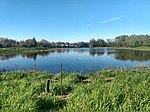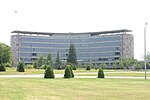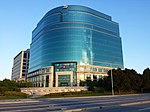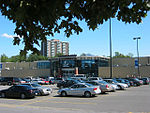RA Centre
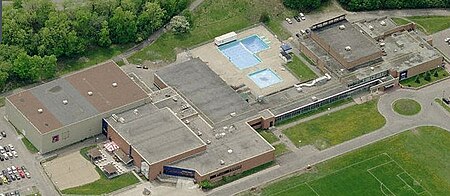
The RA Centre is a recreation and activity centre in Ottawa, Ontario, Canada. It is operated by the Recreation Association of the Public Service of Canada (more commonly known as the RA). Having been in business for over 75 years, and with a membership that exceeds 22,000, the RA is one of the largest community sport, recreation and fitness not-for-profits in the National Capital Region. The RA operates out of the RA Centre and fourteen corporate fitness centres in the region. The RA is governed by a volunteer board, and operated by a combination of paid staff and volunteers. Over fifty programs are offered, including squash, badminton, hockey, soccer and archery. The RA Centre offers a restaurant and conference rooms which can be booked for meetings or weddings.The Centre is located on Riverside Drive near the corner of Bank Street, next to Billings Bridge Plaza. It is built on the site of the brickyards of the Ottawa Brick and Terra Cotta Co. Ltd, which was bought by the Federal government in 1954 and closed in 1958.
Excerpt from the Wikipedia article RA Centre (License: CC BY-SA 3.0, Authors, Images).RA Centre
Riverside Drive, (Old) Ottawa Capital
Geographical coordinates (GPS) Address Website External links Nearby Places Show on map
Geographical coordinates (GPS)
| Latitude | Longitude |
|---|---|
| N 45.382222 ° | E -75.683495 ° |
Address
R.A. Centre
Riverside Drive 2451
K1S 0X5 (Old) Ottawa, Capital
Ontario, Canada
Open on Google Maps
